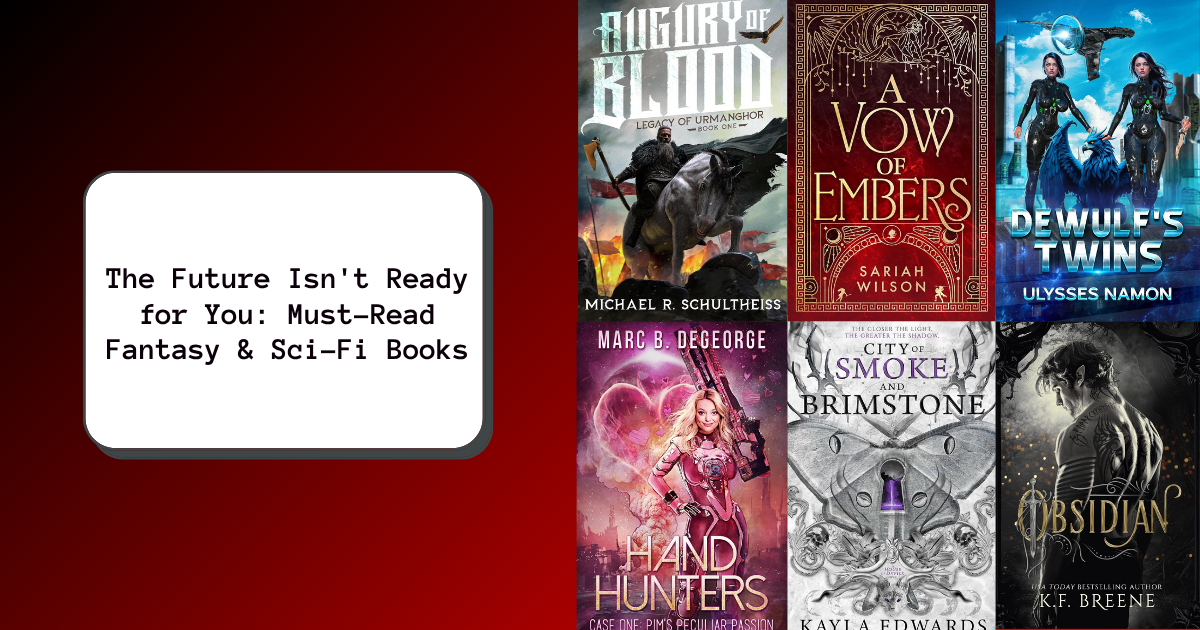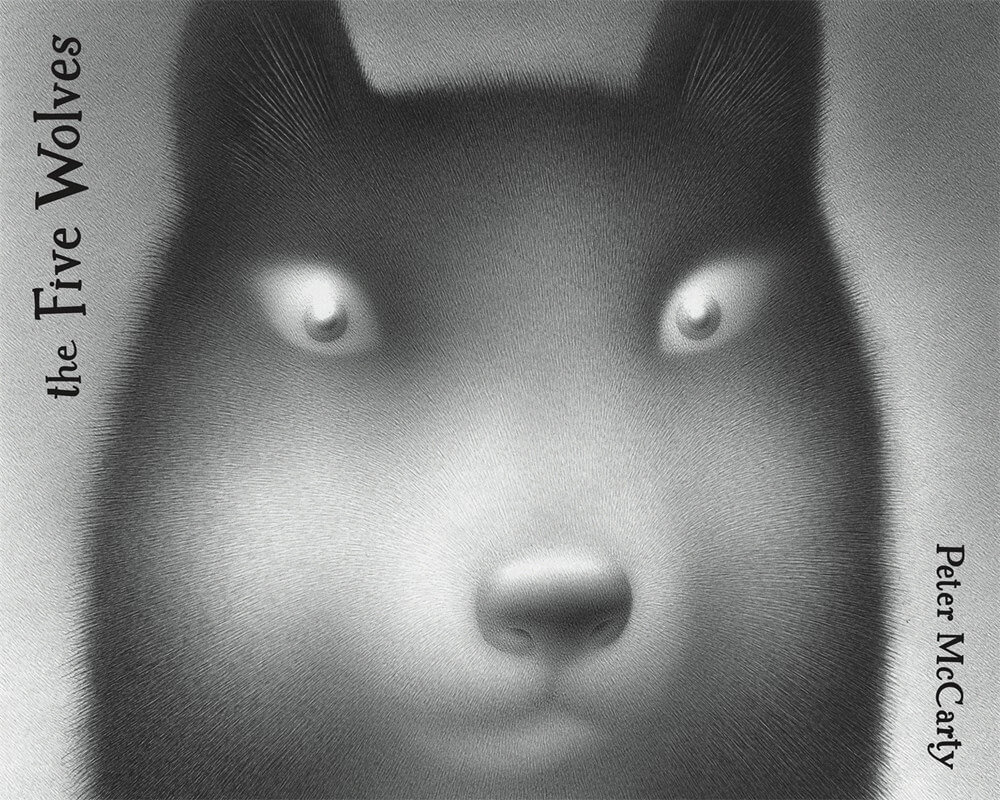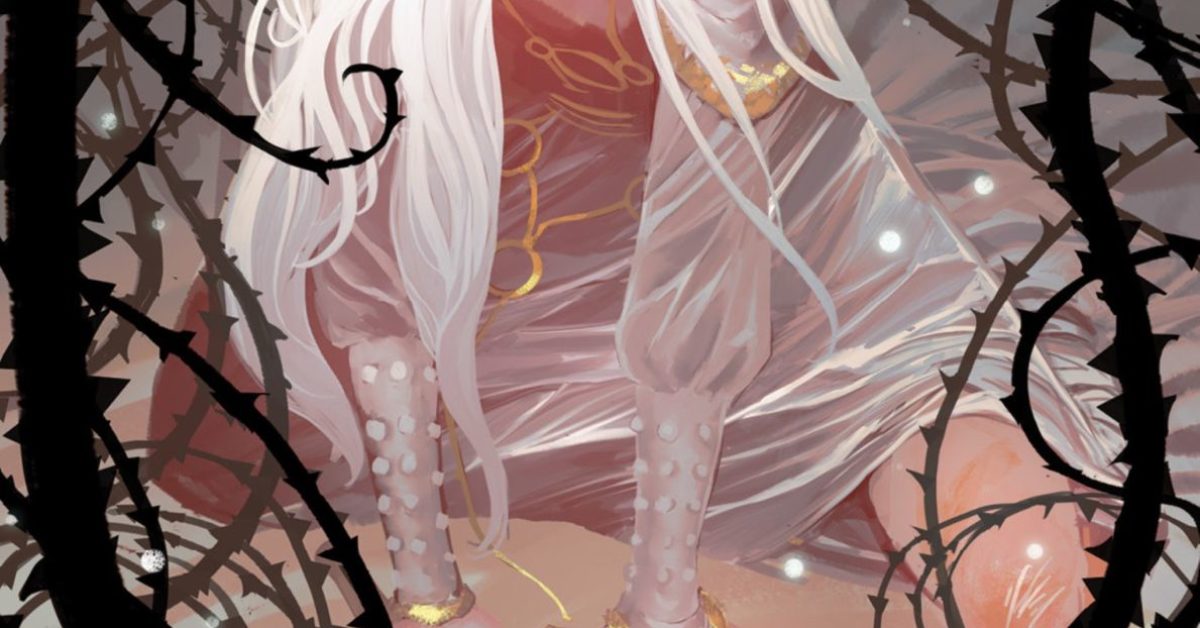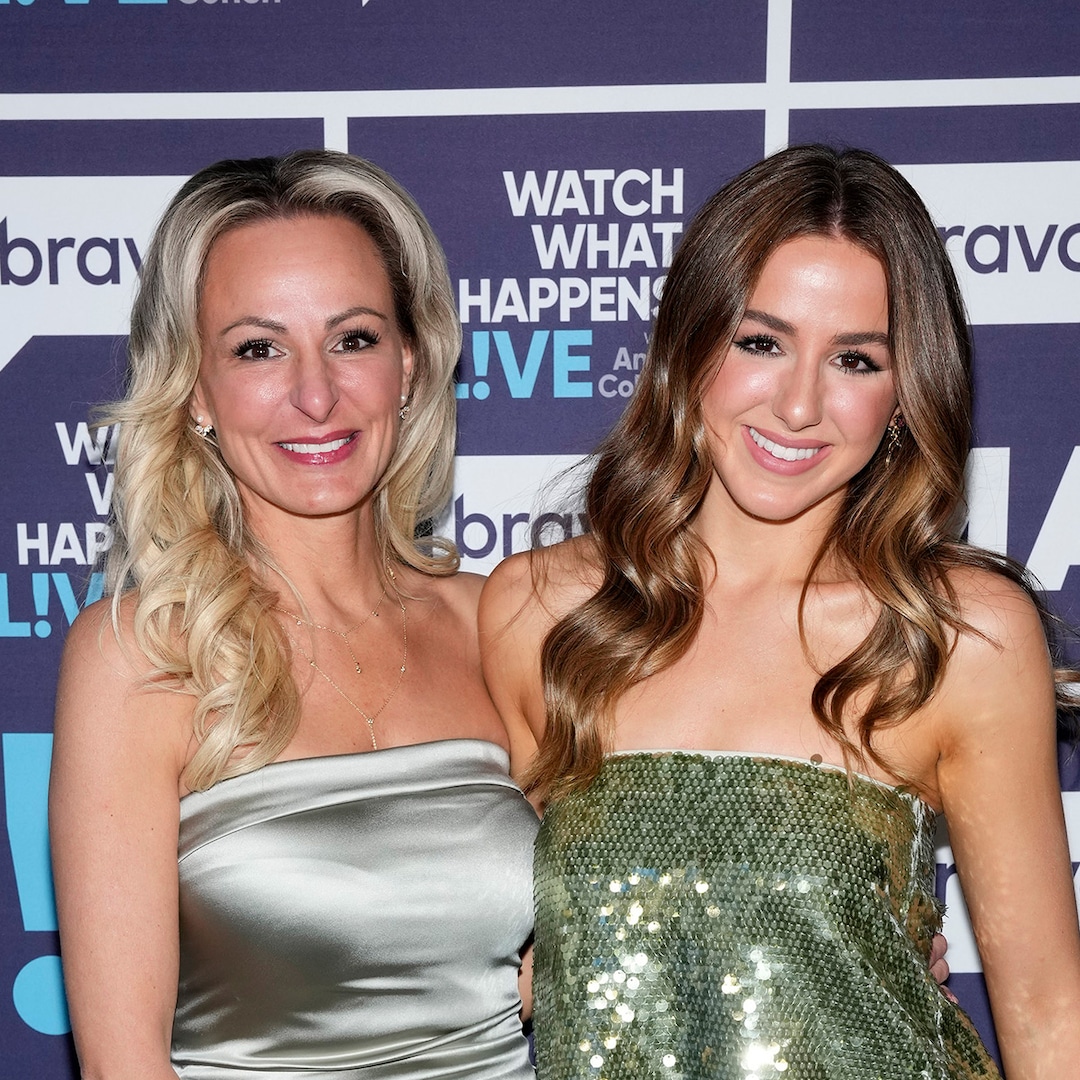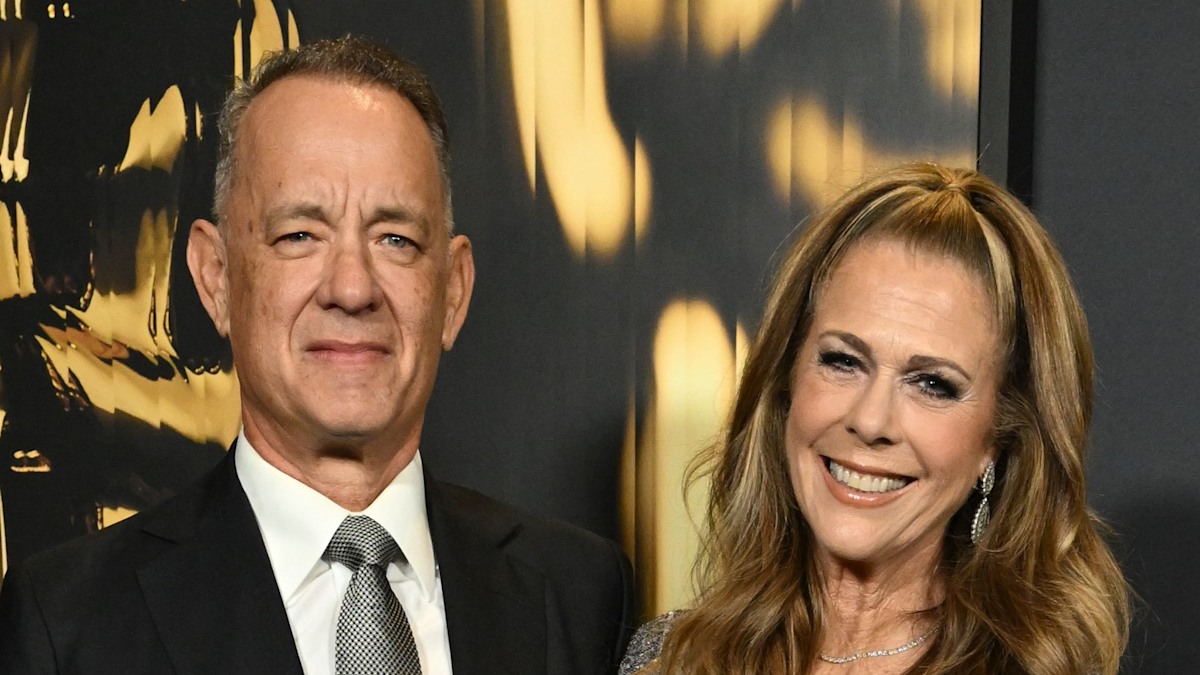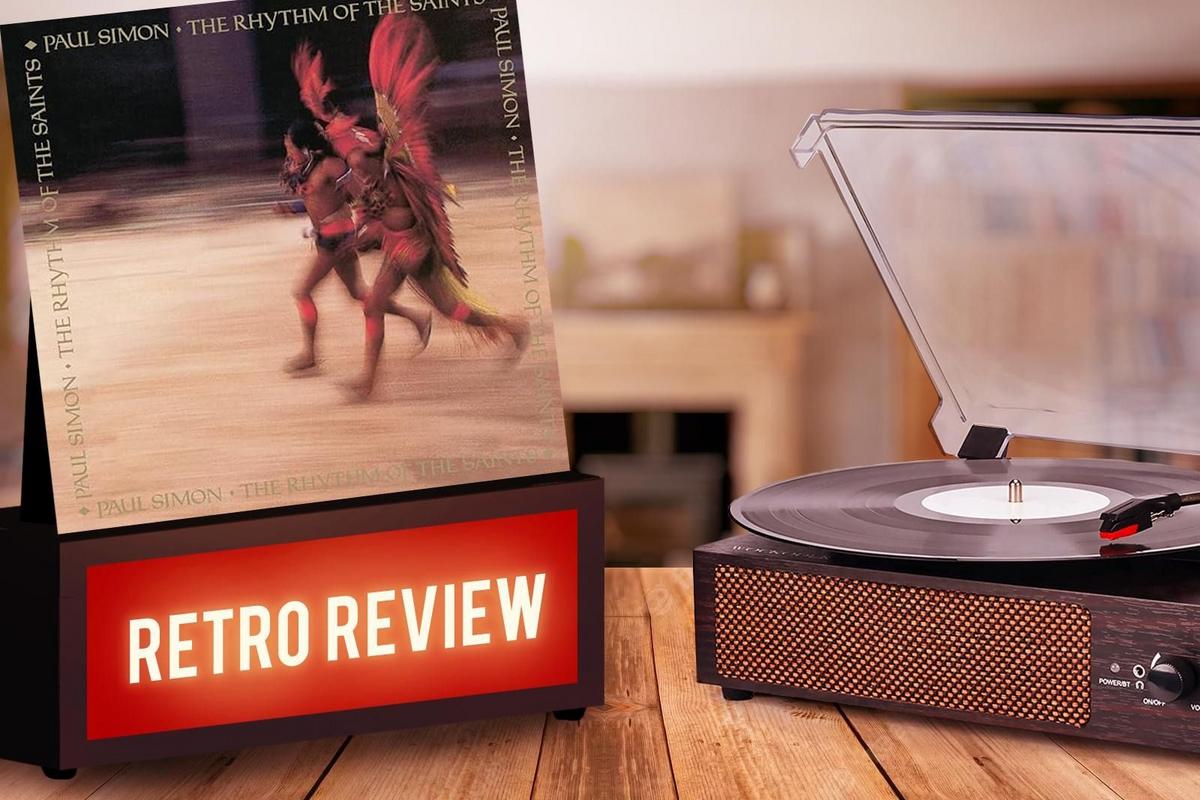“We weren’t really that interested in making money, were interested in making movies,” said Star Wars franchise architect about the early days of his career with mentor Francis Ford Coppola with movies such as THX 1138 and American Graffiti.
In a wide-ranging discussion that took the Salle Debussy Theatre crowd at the 77th Cannes Film Festival down memory lane, Lucas regaled how his THX-1138 was accepted into a new section at Cannes, the Director’s Fortnight, but Warner Bros didn’t want to send the filmmaker or his co-scribe Walter Murch to France for the premiere. The duo scraped their money together, went to their own premiere, but snuck in because they didn’t get tickets. Years later he was asked by the French media why he didn’t go to the press conference of THX 1138, and he said “we didn’t know about it.”
Originally United Artists, known to be filmmaker friendly, bought Lucas scripts for American Graffiti and Star Wars, but they didn’t like the former. Lucas spent a year getting American Graffiti and over to Universal. Under the American Zoetrope indie studio of Coppola, the Finian’s Rainbow filmmaker and Lucas were riding the Easy Rider wave at the time; that movie a wake-up moment for studios in regards to what young people wanted. Made for $750K, American Graffiti tested through the roof. “It was like a rock concert,” said Lucas about the first screening. But Universal wasn’t convinced. They almost jettisoned the movie to TV, and it took two more test screenings on the lot for them to pivot American Graffiti to theatrical. Uni initially put the 1950s Ron Howard, Cindy Williams, Richard Dreyfus, Harrison Ford ensemble in theaters and it took off ultimately grossing $115M stateside.
Lucas said, “American Graffiti was the first time anybody made money on net.” Typically, only stars like Steve McQueen and Paul Newman could make money on gross, and nobody made movie on net. Lucas with his lawyer went about drafting their own contract for Star Wars with Fox, getting the monies on licensing, unheard of at the time, and control fo the sequel rights. The rest is history as far as his success with the space opera franchise. “The fact that people make money in the movie business is a myth,” said Lucas. Faith in Star Wars before release by Fox had waned since their greenlight. First weekend the pic got a theatrical release in 43 70MM theaters. But then it took off like wildfire with Fox committing to a 1,000 theater run by the pic’s 11th weekend, unheard of it at the time. On making Star Wars, Lucas said he intentionally made the feature largely in the U.K. to keep away from the studio. “Someone from the studio was there but they gave up on telling us what to do.”
Lucas would spend ten years perfecting the digital technology to make Star Wars Episodes I-III. When Phantom Menace was released in 1999, he was shocked how fans and critics slammed the movie for being geared toward 12 year olds. But that was always Lucas’ m.o. with the original Star Wars movie in 1977: To make a movie for kids, which was some of the same criticism he received back then.
Lucas received a two-minute plus standing ovation before having a sitdown chat with French film reporter Didier Allouch — an amount of time that neared Coppola’s three-minute standing ovation before the world premiere of his Megalopolis here at Cannes.
Lucas credited movies have been to Cannes four times: THX 1138 in 1971, Star Wars, Episode III – Revenge of the Sith in 2005, Indiana Jones and the Kingdom of the Crystal Skull in 2008 and Indiana Jones and the Dial of Destiny in 2023 (he wasn’t in attendance last year).
Summed Lucas on an axiom of his career: “I’m a stubborn guy and didn’t want people telling me how to make my movies.”








